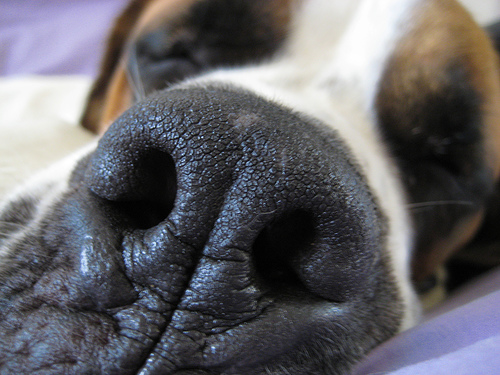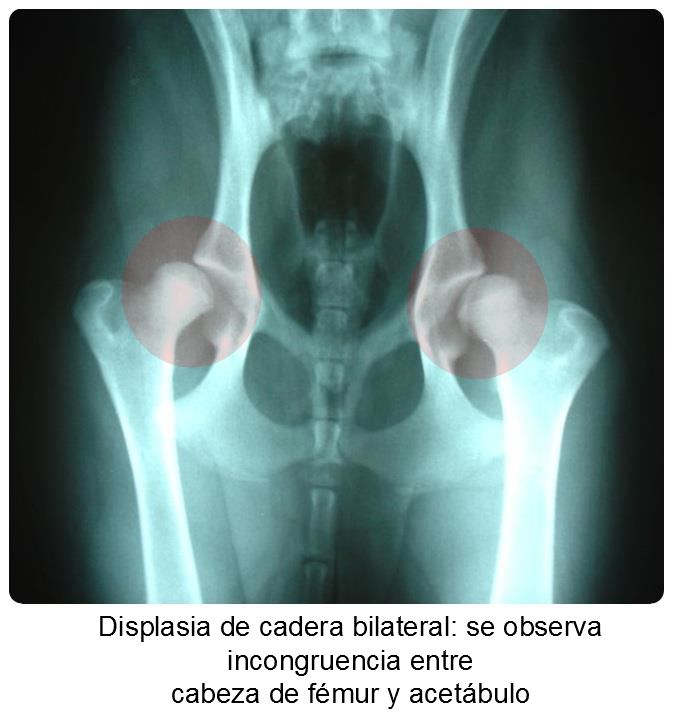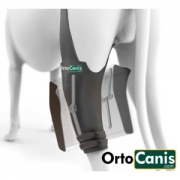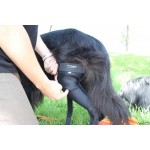Paralyzed dog walks again after cell transplant
British scientists managed to reverse paralysis in dogs by injecting them with cells extracted from the lining of their own nose.
 All of the animals in the study had suffered spinal cord injuries that prevented them from using their hind legs.
All of the animals in the study had suffered spinal cord injuries that prevented them from using their hind legs.
Researchers at the University of Cambridge, England, are cautiously optimistic that the technique may eventually play a role in treating human patients.
The study, funded by the Medical Research Council (MRC) and published in the neurology journal Brain, is the first to test transplantation in “real-life” wounds and not in laboratory animals.
Foreign scientists of the lining of the nose of animals are called olfactory enveloping glia (OEC) cells.
OLFACTORY ENVELOPING GLIA CELLS
The only part of the body where nerve fibers continue to grow in adults is in the olfactory system.
The enveloping cells of olfactory glia (OEC) are located at the back of the nasal cavity and surround the receptor neurons that allow us to smell and convert those signals in the brain.
Nerve cells need to be constantly replaced and this is promoted by the OCs.
For decades, scientists have weighed in that OECs could be useful in spinal cord repair. Initial trials with OEC in humans suggest that the procedure is safe.
These were cultured and reproduced for several weeks in the laboratory.
Of the 34 pet dogs that participated in the proof-of-concept trial, 23 received transplants of these cells at the site of injury and the rest received an injection with a neutral fluid.
Many of the dogs that had received the transplant showed considerable improvement and were able to walk on an exercise machine with the support of a harness.
None of the animals in the control group managed to reuse their hind legs.
Caution and optimism
The research was a collaboration between the MRC’s Centre for Regenerative Medicine and the University of Cambridge’s Veterinary School.
Professor Robin Franklin, a regenerative biologist at the STEM Cell Institute at the MRC and the Wellcome Trust and one of the report’s authors, said: “Our findings are extremely exciting because they show for the first time that transplanting these cell types into a severely damaged spinal cord can bring significant improvement.”
“We are hopeful that this technique can restore at least a small amount of movement in human patients with spinal cord injuries, but that is a far cry from the fact that they could recover all of their lost functions.”
Professor Franklin says the procedure could be used in conjunction with pharmacological treatments to promote nerve fibre regeneration and bioengineering to replace damaged neural networks.

The researchers claim that the transplanted cells regenerated nerve fibers throughout the damaged region of the spinal cord.
This allowed the dogs to regain use of their hind legs and coordinate movements on their front legs.
But no new long-distance nerve connections like those required to connect the brain to the spinal cord were developed.
According to MRC scientists in humans this would be vital for a spinal cord injury patient who has lost sexual and bowel function and bladder control.
Professor Goeffrey Raisman, Chair of Neural Regeneration at the University of London, who discovered olfactory enveloping glia cells in 1985, says: “This is not a cure for spinal cord injuries in humans, which may still be a long way off.”
“This is not a cure for spinal cord injuries in humans, which may still be a long way off. But this is the most encouraging development in several years and is a significant step on the road to achieving it.”
Prof. Goeffrey Raisman
“But this is the most encouraging development in several years and is a significant step on the road to achieving it.”
“This procedure has allowed an injured dog to walk with its hind legs, but the range of much higher functions that are lost with a spinal injury, such as those of the hand, bladder function, temperature regulation, for example, are more complicated and still very distant.”
Jasper, a 10-year-old dachshund, is one of the animals that took part in the trial.
Owner May Hay told me that “before the treatment we had to transport Jasper in a car because his hind legs were useless. Now he walks all over the house and garden and can keep up with other dogs. It’s wonderful.”
Source: BBC











